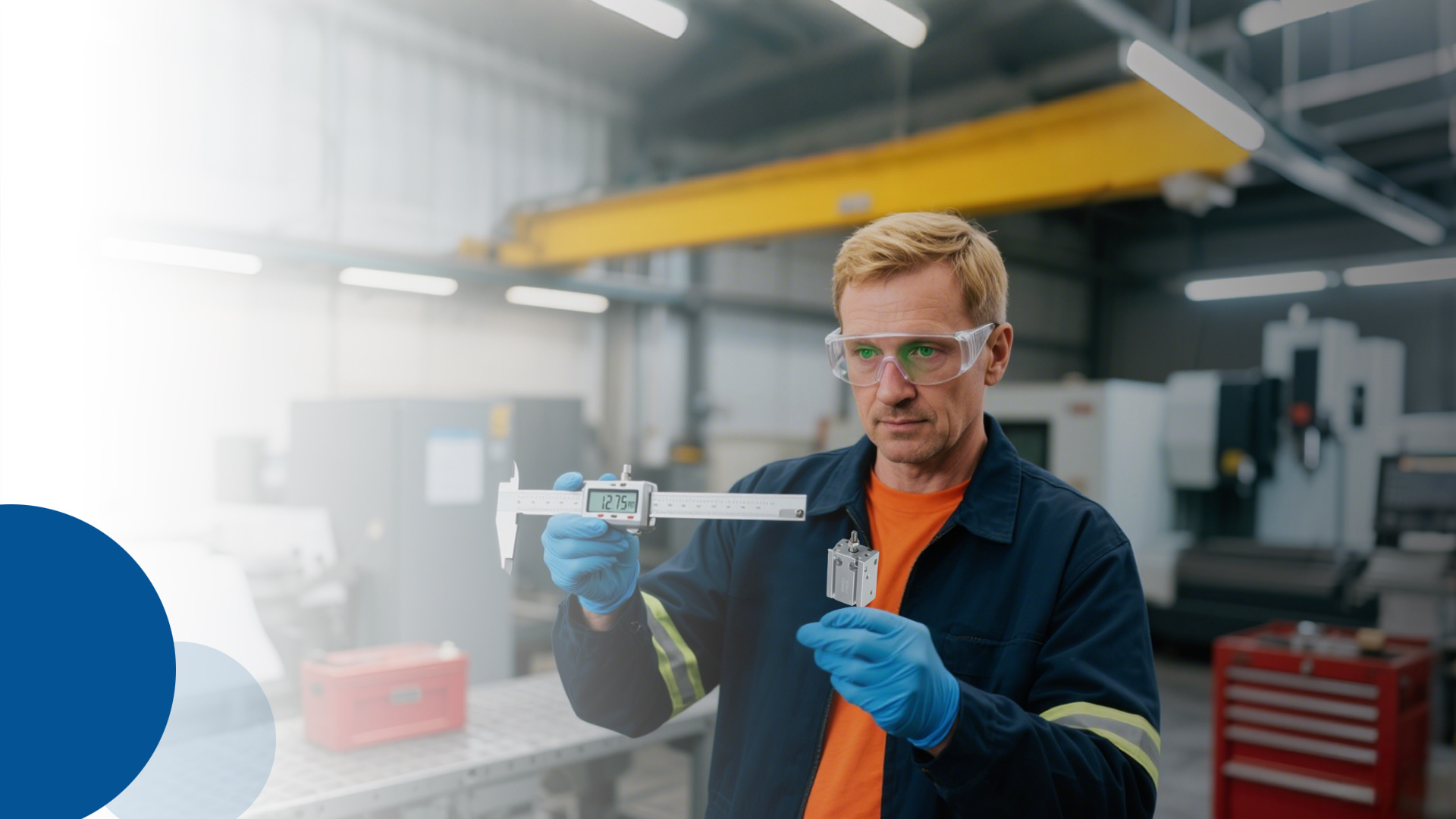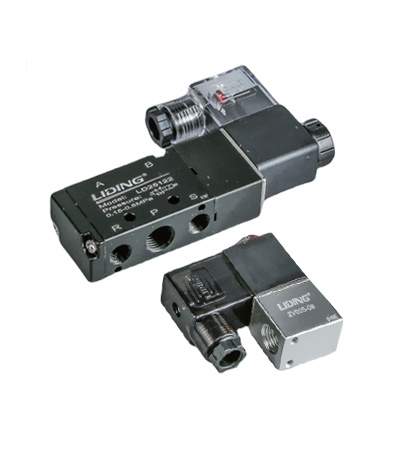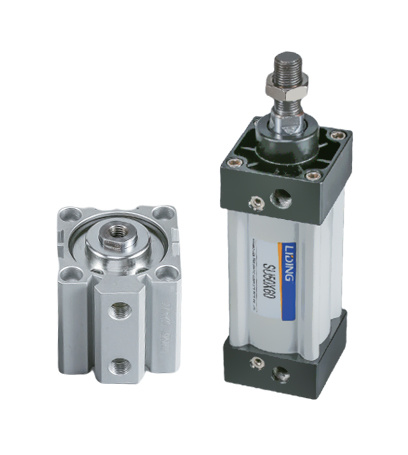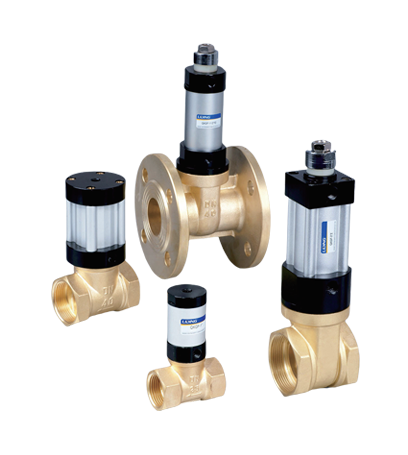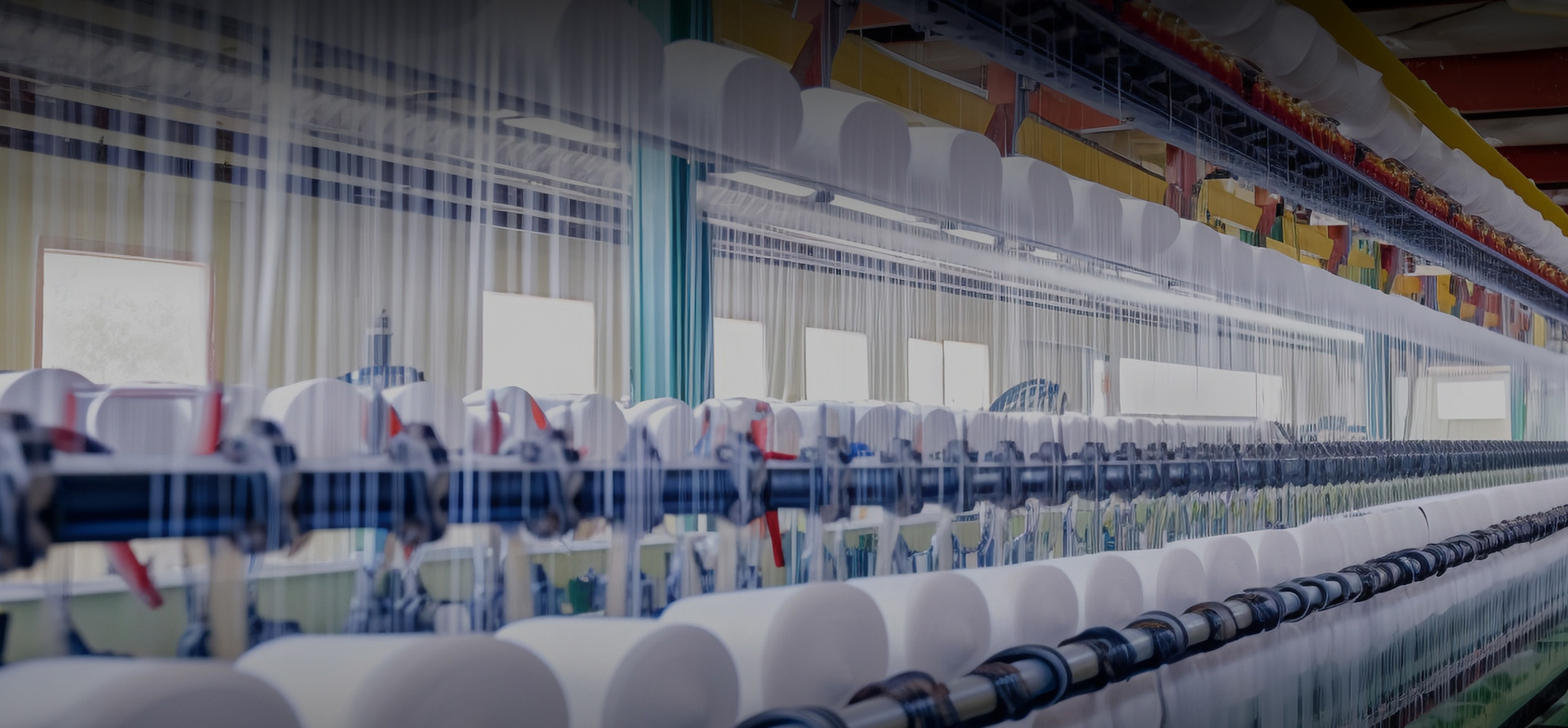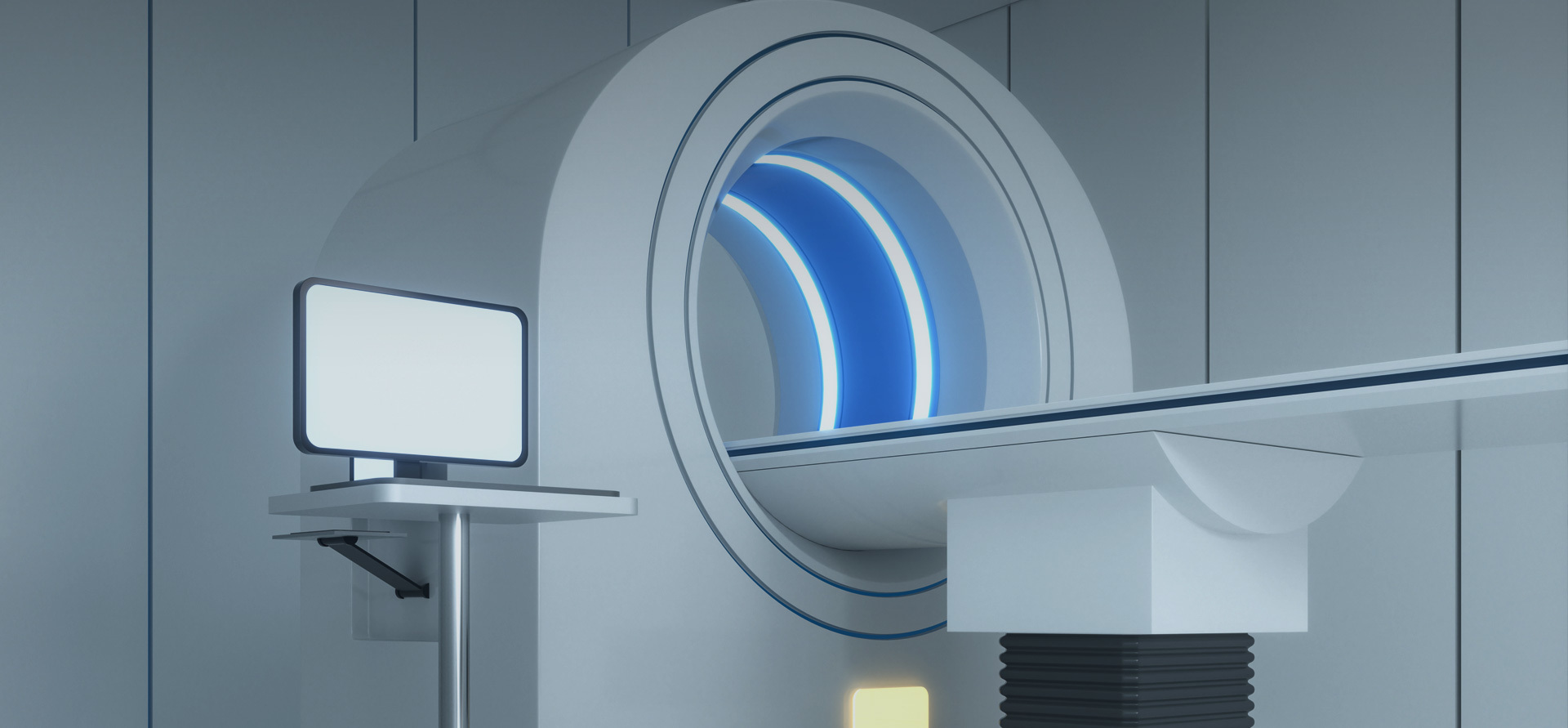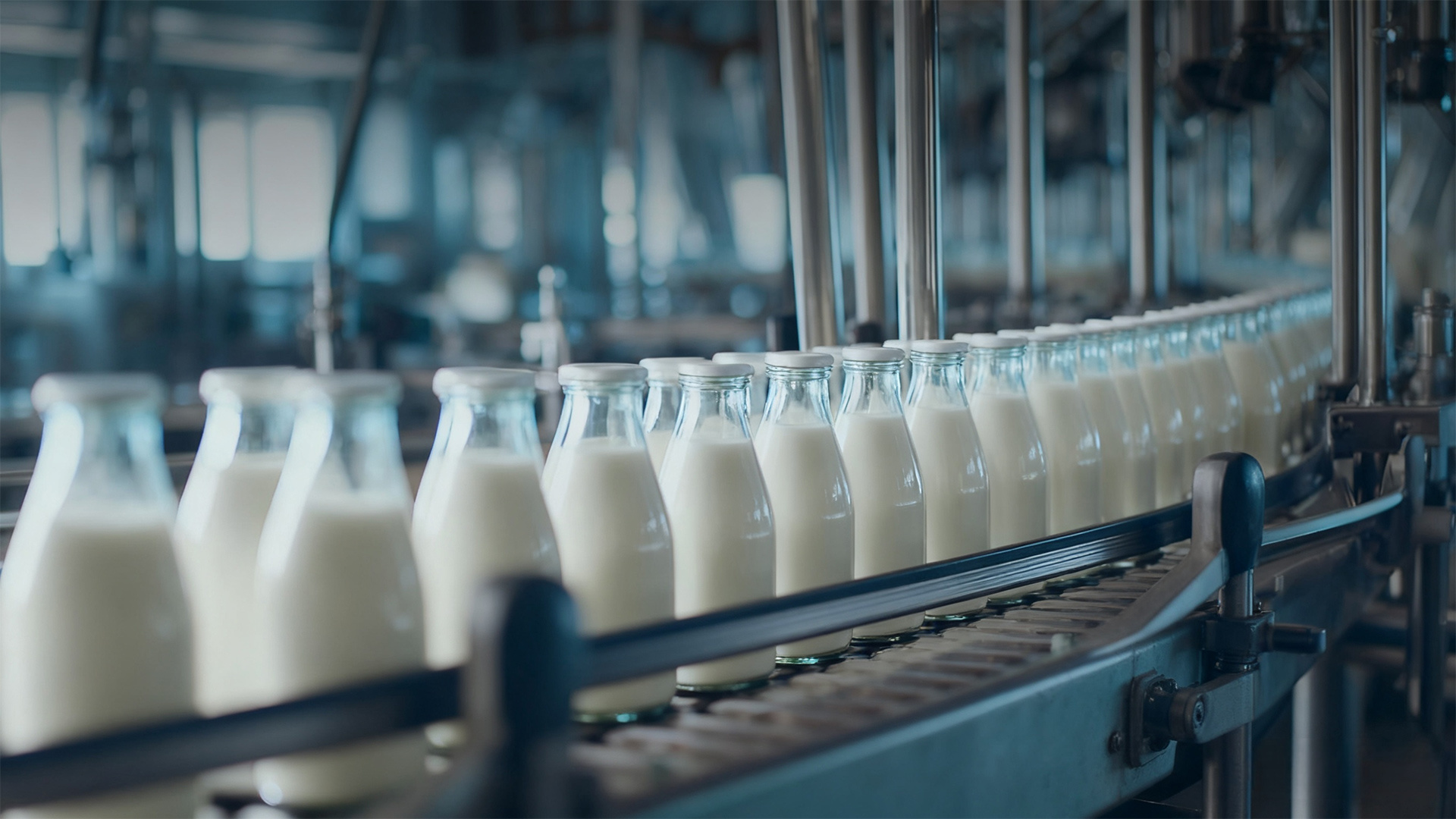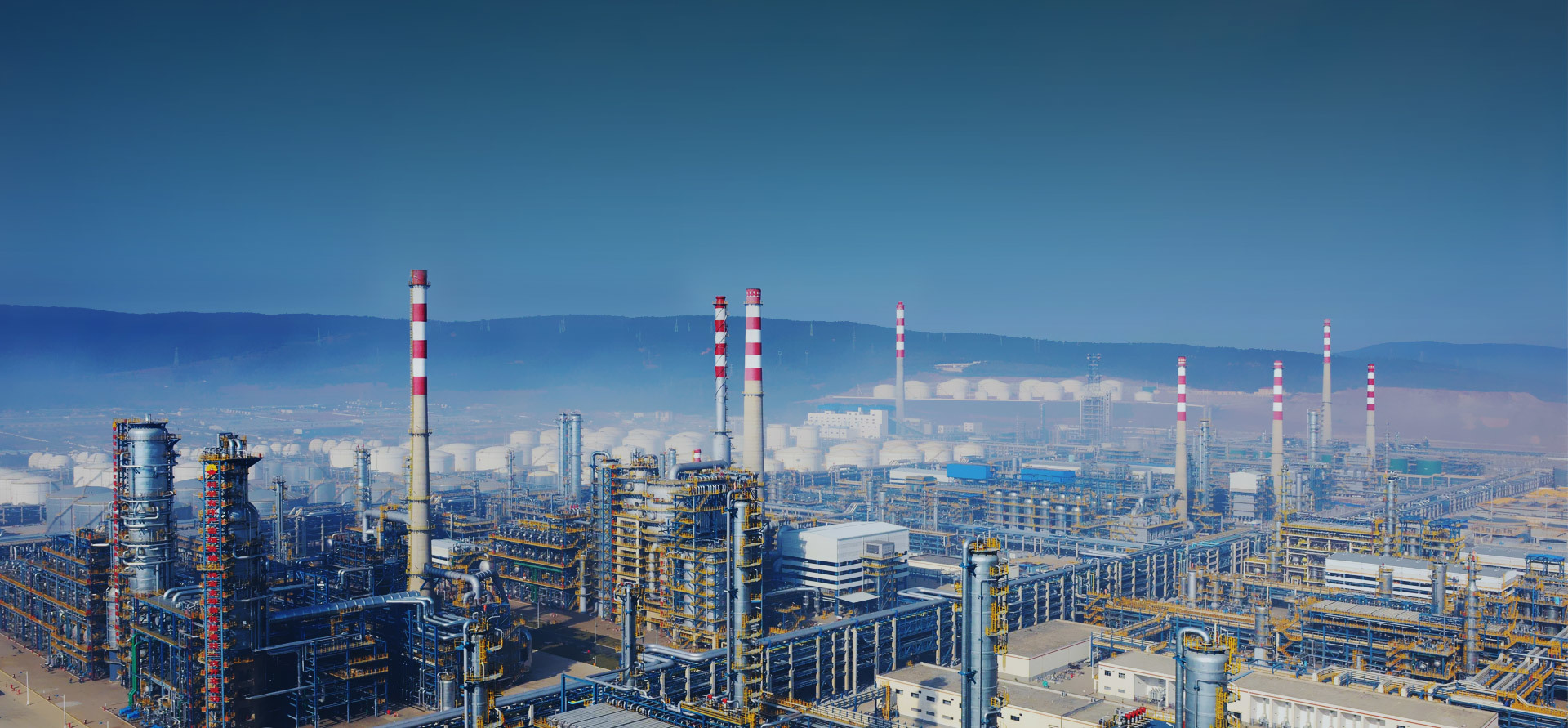
Was established in
Factory area

Qualifications and Patents
Serve countries and regions



Company, Certification, Production
NINGBO LIDA PNEUMATIC
COMPLETE SETS CO., LTD.
Company is founded in 1994, is professional to provide customers the pneumatic execution, direction control, air source treatment and all kinds of auxiliary services and personalized solutions.
We has been listed as national high-tech enterprises, the national sme technology innovation fund, the national liquid air industry association governing units. LIDING® Brand pneumatic components won Ningbo well-known trademark, and repeatedly been rated as quality trustworthy by product quality supervision department ...




CHARGING
Category
To Provide Better Pneumatic Products For Automatic Equipment Industry
To Provide Better Pneumatic Products For Automatic Equipment Industry
High quality, favorable price, excellent service
View DetailsTo Provide Better Pneumatic Products For Automatic Equipment Industry
To Provide Better Pneumatic Products For Automatic Equipment Industry
High quality, favorable price, excellent service
View DetailsTo Provide Better Pneumatic Products For Automatic Equipment Industry
To Provide Better Pneumatic Products For Automatic Equipment Industry
High quality, favorable price, excellent service
View DetailsTo Provide Better Pneumatic Products For Automatic Equipment Industry
To Provide Better Pneumatic Products For Automatic Equipment Industry
High quality, favorable price, excellent service
View Details
CHARGING
Category
To Provide Better Pneumatic Products For Automatic Equipment Industry
Professional
manufacture

C1
Advanced
Production Equipment
C2
Professional
Qualification Certification
C3
Comprehensive
Service Support
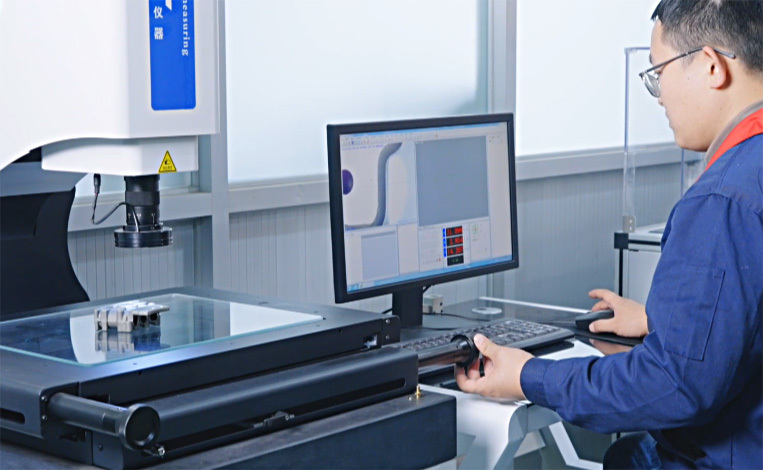
Our company area has 10000 square, and adopted the ISO9001:2015 quality management system certification, the United Kingdom QEC certification and CE certification. Company has professional technical management personnel and the quantity is about one third of the total employees, and set up a lida pneumatic engineering technology research and development center, has formed in the old, middleaged and young inside echelon combination of science and technology.
Learn more
Otherwise,our products has won more than 30 countries registered patents,including 3 invention patents, 20 new utility model. Our products are widely used in knitting, medical, food, packaging,petrochemical, metallurgy. coating, vehicles and other mechanical equipment industry.
Looking forward to providing you with professional services
Learn more
LATEST





